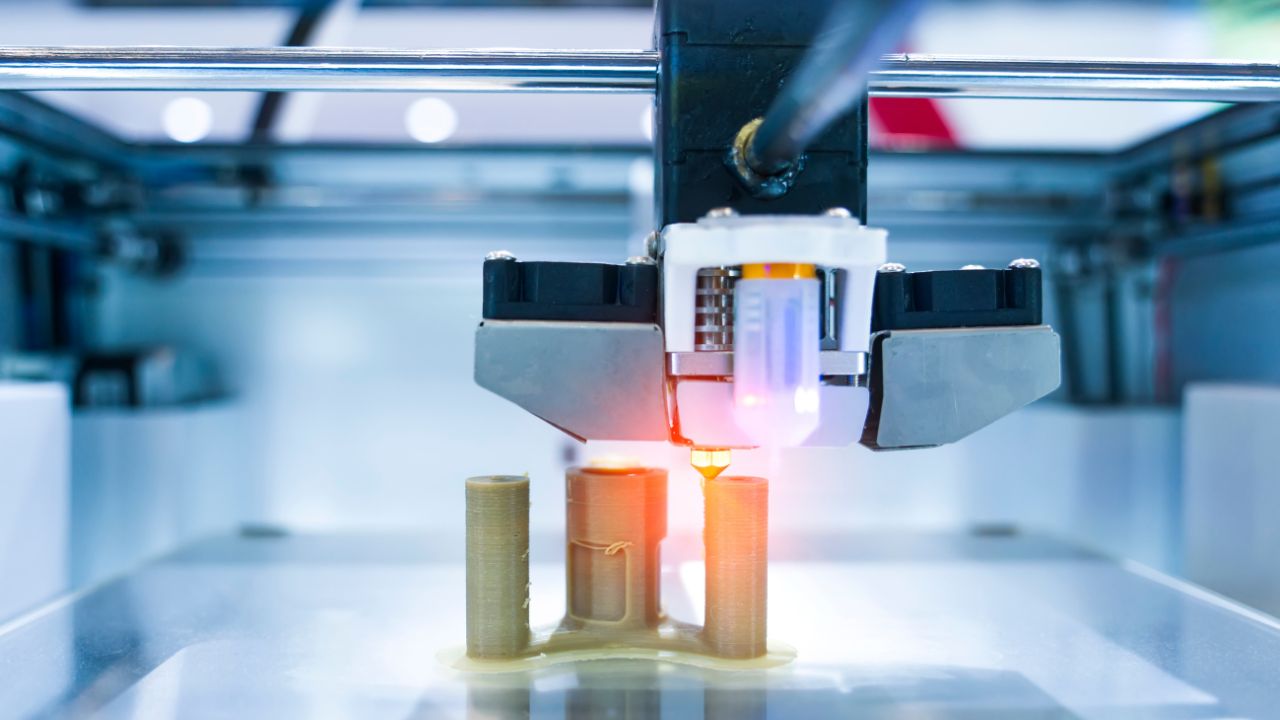
Prototyping
Prototyping is a process of creating functional and cost-effective product samples before mass production. Thanks to new methods and additive technologies, this crucial step in production can be made significantly faster, more efficient and cheaper, thereby maximising the speed of mass production.
From idea to prototype to series production
What we can help you with
- Consultation of the idea and design of the technical solution;
- Creation of a prototype design,
- Development, optimization, iterative manufacturing and testing of the prototype;
- Design of optimal production technology for different production volumes;
- Active collaboration in production scaling and planning;
- Optimization of the production process and reduction of production costs;
- Continuous product development and improvement with respect to customer feedback
Prototyping process with 3d technologies:
- Digital design: The product is designed using special CAD (Computer-Aided Design) software, where a detailed 3D model is created using the required materials and parameters.
- 3D scanning:
If there is an existing physical sample or part, 3D scanning can be used to digitize its shape and properties. - Preparation for printing: After creating a digital model, it is necessary to prepare data for 3D printing, including setting the print parameters and selecting the appropriate print material.
- 3D printing:
Layers of material are gradually applied, which are sintered at the desired points by a laser beam. - Finishing touches:
After printing, finishing touches such as polishing, colouring or surface treatments are made if needed.
